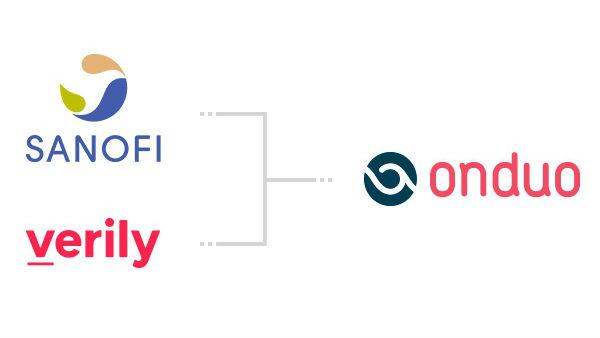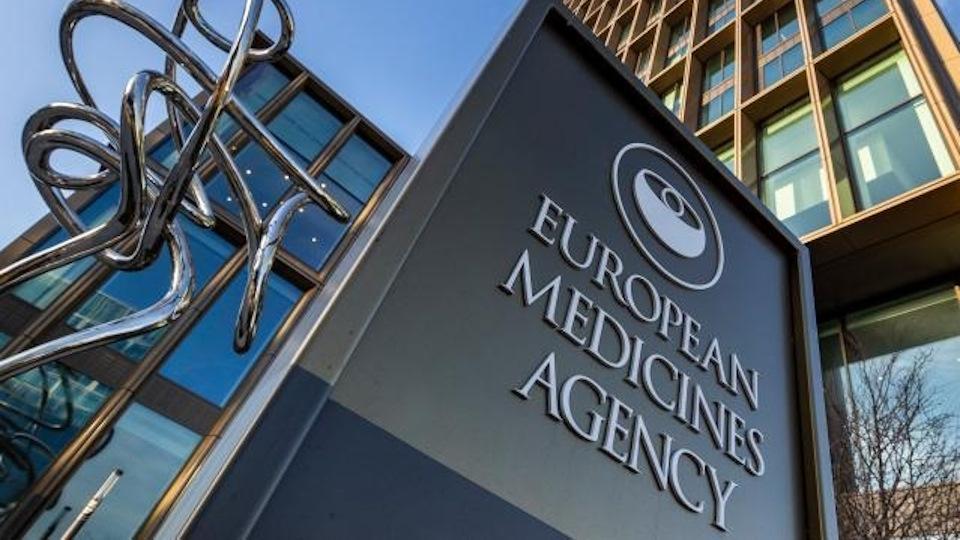Google alliance Onduo central to Sanofi’s diabetes revival

Sanofi is looking at ways to revive its flagging diabetes business, and yesterday revealed some of the new ideas it has up its sleeve.
The company’s biggest seller is basal insulin Lantus, which earned $7 billion in 2015, but is already in steep decline, with new competitors, US price pressures and biosimilar drugs all undermining its revenues.
Sanofi’s total diabetes franchise sales declined 3.8% to € 3.59 billion in the first half of the year, with Lantus revenues falling 11% to € 2.86 billion.
The company had hoped to revive its business with a major acquisition, and doggedly pursued Medivation, but lost out when Pfizer outbid everyone with a $14 billion offer for the cancer specialist company.
In terms of it diabetes portfolio, Sanofi is searching for the edge over its rivals, and is looking at every way it can regain its momentum.
Toujeo is the follow-up to Lantus, but analysts forecast that the drug will never be able to scale the heights of its predecessor. Trials have shown Toujeo significantly cuts the number of dangerous hypoglycaemic events suffered by patients, but hasn’t yet proven its superiority to Lantus in controlling blood glucose levels.
The company recently had a major reshuffle in its boardroom to help revive the business, and Peter Guenter is now head of the company’s cardiovascular and diabetes division, with Stefan Oelrich under him as head of its global diabetes franchise.
Speaking to journalists about the company’s vision for diabetes in Munich yesterday during the EASD conference, Guenter said Sanofi was going through a ‘transformation’ but would emerge with a larger portfolio.
He admitted that the company had been over-reliant on Lantus up to now, and said its new cholesterol-lowering drug Praluent had got off to a slow start - but added that Amgen’s rival drug Repatha had encountered the same resistance from US payers.
He said sales would pick up when Praluent’s cardiovascular outcomes trial ODYSSEY produces data, with trial completion expected in 2017.
Against this background, the company needs something to create a buzz, and its new partnership with Google’s life sciences division Verily has certainly filled this role.
Announced earlier this week, Onduo will be a standalone joint venture between the companies, and will focus on developing solutions to help type 2 diabetes patients make better decisions about their health.
Onduo will bring together Sanofi’s drug expertise with Verily’s work in electronics, analytics and consumer software development.
The company is clearly pleased by all the interest the joint venture has generated, but wants to keep expectations in check - Stefan Oelrich stressed it was early days for Onduo, and that it currently has just one employee, newly-announced chief executive Dr Joshua Riff.
Nevertheless, Peter Guenter said Onduo represented the ‘crystallisation of the integrated solution’ the company had been pursuing – the idea of not merely providing medicines but an holistic solution for patients and doctors.
There is no doubt that diabetes is in need of more ‘solutions’ rather than products. Poor compliance in patients and inertia among healthcare professionals in spotting and treating out-of-control diabetes are major problems.
It is estimated that 50% of patients being treated for type 2 diabetes fail to reach their blood glucose goals, resulting in permanent damage to organs and raised risk of heart attacks and strokes.
Onduo is likely to be based around a digital system to help patients and healthcare professionals manage their condition, but Stefan Oelrich said it would bring together a broad range of techniques.
“It is going to invert the model – you can start with what the desired outcome is and then pick and choose solutions.”
He stressed that many of these solutions already exist, and that Onduo could begin by simply integrating these currently disparate elements.
The company will look again at how drugs are administered, through a pen or a pump, how the glucose is measured, and look at ways of optimising this for individual patients - this could include digital apps which include titration algorithms.
Oelrich said a ‘closed loop system’, a 24/7 glucose monitor which automatically delivers exactly the right amount of insulin, was the ‘obvious solution’ to the problem of blood glucose management.
Commenting on all these innovative ideas he added: “This is coming, this is going to increase compliance, and it’s going to drive us beyond this 50% control.
“You might have the best insulin in the world, but if you don’t use it in the right way, it’s not good enough.”
Peter Guenter said another upside of Onduo was that it could be brought to market much faster than a new drug, and predicted the first solutions from the company would be up and running within 2-3 years.
This is, nevertheless, a long time in business, and Sanofi is also considering other previously discounted ideas: Oelrich says the company is preparing to enter the biosimilars market, and is looking at likely targets from its competitors.
He said the company would consider launching biosimilar versions of products from Novo Nordisk, its main rival in insulin, naming aspart, (NovoLog/NovoRapid) Lispro (Humalog) Levemir and Victoza as possible targets.
In terms of new products, both Novo Nordisk and Sanofi are set to launch basal insulin/GLP-1 combinations, called Xultophy and iGlarLixi.
But it is clear that product-based innovation isn’t enough in diabetes, where payers will increasingly demand help from pharma to increase the real-world results of their products.
Onduo won’t, however, be the only player in the field – Novo Nordisk announced its own similar alliance with IBM Watson Health late last year. That means innovation will still need to go hand in hand with good business execution in the battle for dominance in this highly competitive market.












